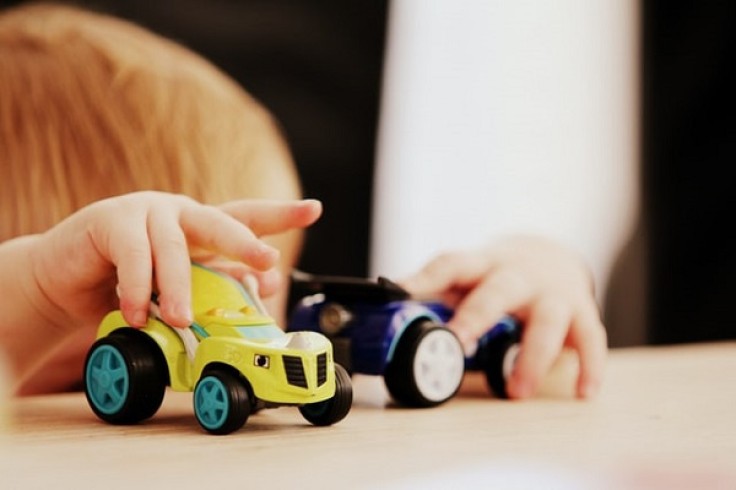Babies need their parents' attention all the time. They want to play with their parents all day long. However, most of the time, both parents are working, so they have limited time with their children. They would hire nannies to take care of their little ones.
The nannies become key players in the lives of kids. As well, they could have a significant effect on kids, both positive or negative. However, babies' attention span suffers, and so does their development, if their caregiver's eyes wander during playtime.
A study revealed that people taking care of babies with wandering eyes would greatly affect the little one's development later in life.

Babies' attention is a strong indicator of their success
Chen Yu said that children's ability to sustain attention is a strong indicator of their success in certain areas. The areas include language acquisition, solving problems, and other key cognitive development milestones. The lead author, Yu, said caregivers whose eyes wander during playtime could negatively affect the baby's attention span.
Linda Smith, Yu's co-author, said that their study is the first to consider the impacts of social interaction to attention. They found that social interaction does need two social partners to perform the activity.
They gave caregivers and babies head-mounted cameras to get a first-person point of view. It showed the IU scientists an environment that closely resembled a play session at home or daycare. The hands-free camera allowed the subjects to play with physical toys.
Yu said that people taking care of the baby fell under two groups. The first group lets the babies direct the course of play. The second group attempted to guide the infant's interest in their toys.
The lead author said that parents were trying too hard to show off their parenting skills. On the actual footage, Yu saw that the children's eyes are wandering to the ceilings. The little ones are not paying attention to the caregivers.

Caregivers affect the development of babies
He found that caregivers who fell under the first group were more successful in sustaining the children's attention. The caregivers waited for the children to show interest in the toys. Then they would jump in to expand the children's interest, encouraging play.
The study noted that when both the caregiver and infant looked at the same object for more than 3.6 seconds, the infant lingered 2.3 longer. Even though the numbers may seem small, it does affect the babies' development. It is significant when done every day for months.
The team found and classified those with the shortest attention span under the third group. In this group, caregivers gave shallow engagement with the infant while playing. They just sat back and did not play along. Some looked elsewhere during the exercise.